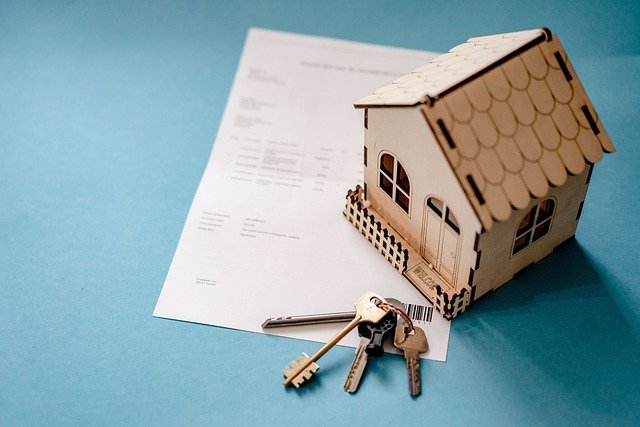Pioneering the Path: An In-depth Look into Mixed-Use Real Estate Development
Introduction: In the evolving landscape of urban living and commercial spaces, mixed-use real estate development stands as a promising game-changer. This innovative approach to property utilization is redefining urban landscapes and investment paradigms.

A Historical Overview of Mixed-Use Development
Mixed-use development, as the name implies, refers to any single real estate structure or complex that accommodates multiple uses such as residential, commercial, cultural, institutional, or industrial. The concept is not new; in fact, it can be traced back to ancient Rome where shops and residences coexisted in the same infrastructure. However, the concept lost its popularity with the advent of zoning laws in the 20th century, which aimed to separate different types of land uses. It is only in the past few decades that mixed-use development has seen a resurgence, particularly in urban areas where space is a premium.
The Current Market Scenario
In recent years, mixed-use development has become a key trend in the real estate industry. This is driven by various factors, including urbanization, changes in consumer preferences, and the desire for convenience. Today’s consumers want to live, work, and play in the same area, and mixed-use developments cater to this demand. They offer a solution to urban sprawl, traffic congestion, and other issues associated with rapid urban growth. According to a report by Transparency Market Research, the global mixed-use development market was valued at USD 524.6 billion in 2018 and is expected to reach USD 1.12 trillion by 2026.
The Upsides and Challenges of Mixed-Use Development
The advantages of mixed-use development are manifold. For investors, it offers diversification, reducing the risk associated with a single-use property and potentially increasing financial returns. For residents, it offers convenience, with amenities like shops, restaurants, and offices all within walking distance. For cities, it promotes a sense of community, encourages pedestrian activity, and reduces the need for car travel.
However, mixed-use development is not without its challenges. It requires substantial investment, complex planning, and meticulous management. It also faces regulatory hurdles, as zoning laws in many areas still favor single-use development.
The Potential Impact of Mixed-Use Development
Given its potential to reshape urban landscapes and offer a sustainable solution to urban growth, mixed-use development holds significant implications for property buyers, sellers, and investors. For buyers, it offers an opportunity to live in a vibrant community with a host of amenities at their doorstep. For sellers and developers, it presents a chance to tap into a growing market trend. For investors, it offers a promising investment opportunity with potential for diversified income streams.
In conclusion, mixed-use development is a trend that is set to shape the future of real estate. Despite the challenges, its benefits for investors, residents, and cities alike make it a promising avenue in the ever-evolving real estate landscape. As urban living continues to evolve, mixed-use development offers a sustainable and innovative path forward.




